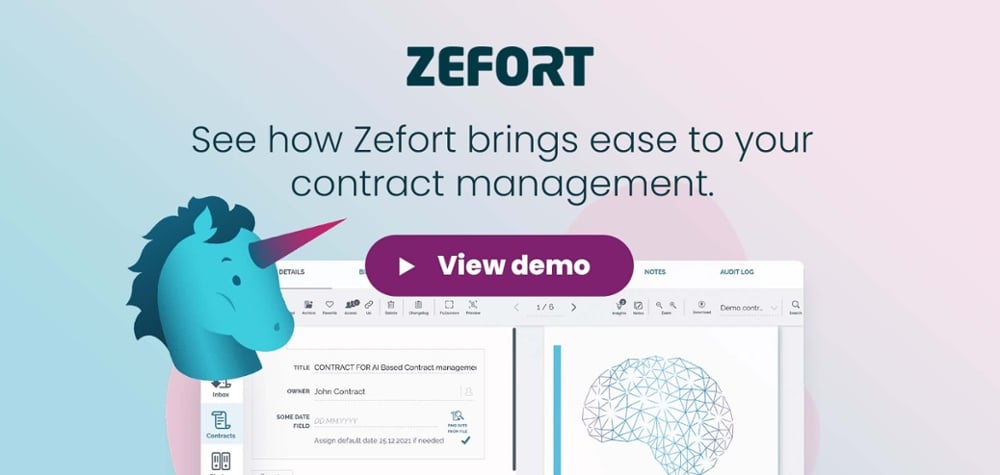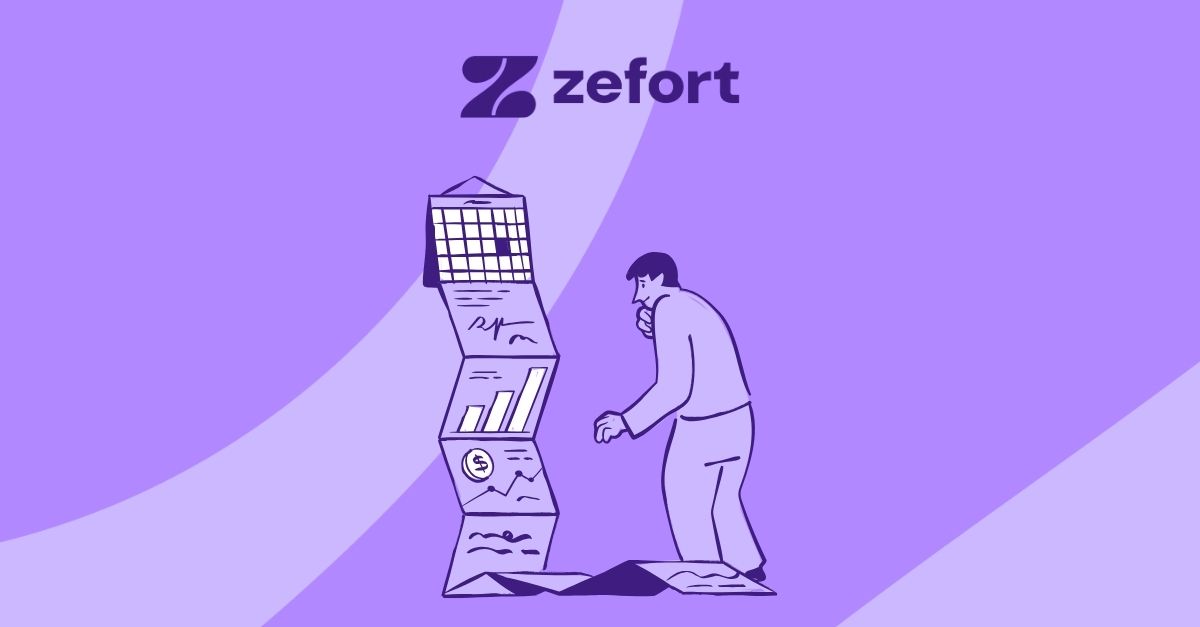Your contract metadata is never good enough – and that’s OK!
Following the ERP boom in the early 2000s, IT people and business owners started to understand the importance of the quality and accuracy of data stored in the information systems.
The call for quality data naturally came with a new buzzword: Master Data. If an organization happened to utilize a contract management system (back then, many did not), the quality of metadata also became a focus area. Companies soon realized that the metadata really was not in order.
Companies started metadata clean-up projects where the data was scrutinized with a fine-tooth comb. However, the stark reality was that one-off projects did not work: the quality of metadata always started to degrade again.
It did not work back then, and it does not work today. Bad metadata still prevails.
And here’s the insult to injury: low-quality metadata alone is actually not the core of the problem. The main problem is metadata in general. The limitation with traditional metadata is that if a term is not in the metadata, it is not searchable at all.
But, luckily, there are solutions. See below for 4 solutions for low-quality metadata in contract management systems:
1. Never mind metadata – contract activities are way more important
When a contract is signed, the next step should not be archiving the document – it should be ensuring that all agreement details actually get implemented. Payment installments, index increases, redeeming stock options, automatic renewals, contract termination…
Typically, a contract generates several different activities and you should at least know when a specific activity gets triggered. So, identifying all related actions is even more important than metadata.
2. The Age of the Metadata is ending – long live tagging!
Going forward, metadata will probably not be the best way to search and find content. The following quote from IACCM’s and CapGemini’s Contract Automation report sums up this point:
“Tagging is the more innovative way that many companies are moving towards. Tagging allows users to easily group or “tag” documents, clauses or any contract object together in a way that allows the user more flexibility and a greater likelihood of successful search. More advanced tagging goes beyond metadata sets and allows for future-proofing.“
Tags are way more flexible compared to traditional metadata. With tags, you can more easily accommodate future needs that may come after the initial launch of a system. Tags can also utilize AI: just imagine how powerful an AI-powered tagging system would be, when the system would automatically tag all required contracts – even the old ones in your existing database.
3. Why settle with metadata, when you can run even complex searches on your entire contract?
Even an extensive metadata set represents only a narrow sample of the full content of a contract. Metadata fields in various systems are often pretty much set in stone and future search needs were not anticipated during system ramp-up (or if they were, we feel for the guy who punched all that data in).
What if the full textual content of the contract – including all attachments – could be subject to Google-like searches?
4. Metadata is still perfectly valid – but the job calls for tireless AI algorithms and automation
History says that people are, on average, pretty bad at entering high-quality metadata. There are exceptions, sure, but it is safe to say that manual metadata enthusiasts do not grow on trees.
So, why not let AI and automation pull out the desired metadata?
AI is not perfect, but already a 80% hit rate, which is perfectly doable for a decent algorithm, is much better than the current situation. The resources saved during automatic metadata input more than cover for fixing the remaining 20%. Or, you can even safely live with the error margin and rely on contract activities, tags and free text search to cover any holes in your metadata.





